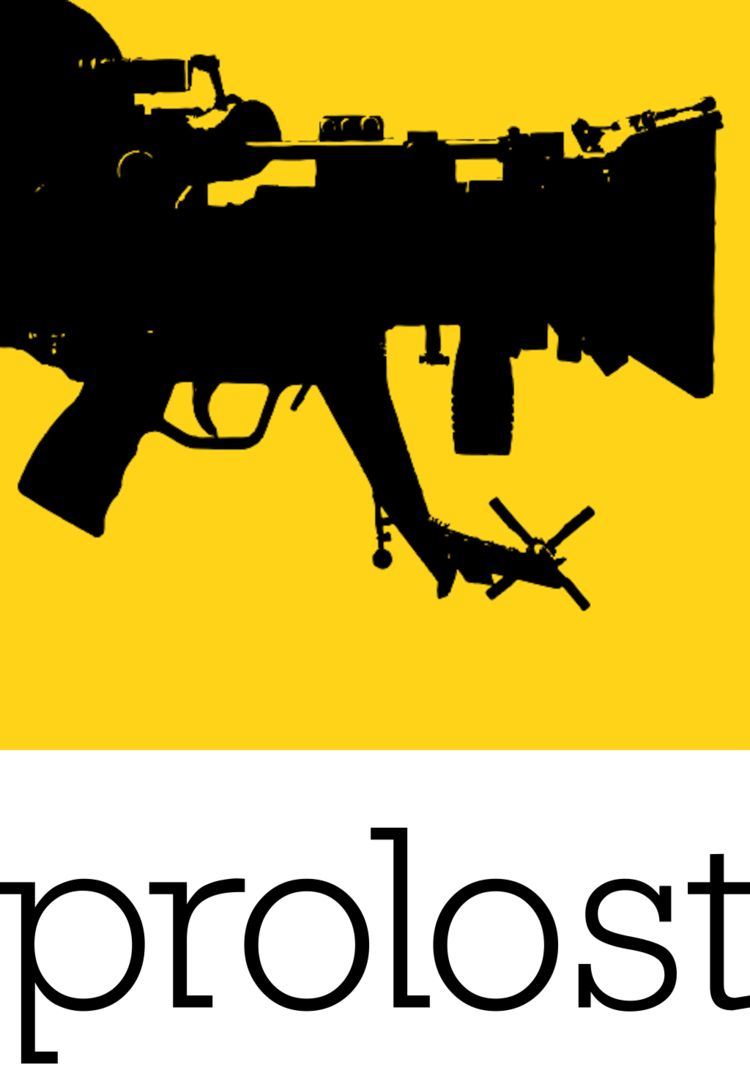Back in the day I blogged a lot about how compositing and rendering computer graphics in “linear light.” a color space in which pixel values equate to light intensities, can produce more realistic results, cure some artifacts, and eliminate the need for clever hacks to emulate natural phenomena. Along with Brendan Bolles, who worked with me at The Orphanage at the time, I created eLin, a system of plug-ins that allowed linear-light compositing in Adobe After Effects 6 (at the mild expense of your sanity). I also created macros for using the eLin color model in Shake and Fusion. Along the way I evangelized an end to the use of the term linear to describe images with a baked-in gamma correction.
Then Adobe released After Effects 7.0, which for the first time featured a 32-bit floating point mode, along with the beginnings of ICC color management, which could be used to semi-automate a linear-light workflow. The process was not exactly self-explanatory though, so I wrote a series of articles (1, 2, 3, 4, 5, 6) on how one might go about it.
Then I rambled endlessly on fxguide about this, and in the processes managed to cast a geek spell on Mike Seymour and John Montgomery, who republished my articles on their fine site with my blessing.
This week Mike interviewed Håkan “MasterZap” Andersson of Mental Images about the state of linear workflows today on that same fxguide podcast.
Which is so very awesome, because I don’t want to talk about it anymore.
It’s just no fun going around telling people “Oh, so you put one layer over another in After Effects? Yeah, you’re doing it wrong.” Or “Oh, you launched your 3D application and rendered a teapot? Yeah, you’re totally doing it wrong.”
You are doing it wrong. And I spent a good few years trying to explain why. But now I don’t have to, because Mike and MasterZap had a great conversation about it, and nailed it, and despite the nice things they said about ProLost you should listen to their chat instead of reading my crusty old posts on the subject.
Because it has gotten much, much simpler since then.
For example, there’s Nuke. Nuke makes it hard to do anything but work in linear color space. Brings a tear to my eye.
And the color management stuff in After Effects has matured to the point that it’s nearly usable by mortal humans.
Since I’ve seen a lot of recent traffic on those crusty old posts, here’s my linear-light swan song: a super brief update on how to do it in AE CS4:
In your Project Settings, select 32 bpc mode, choose sRGB as your color space, and check the Linearize Working Space option:




